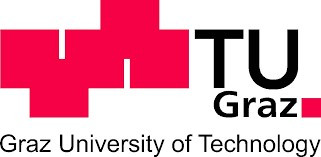DekarbWP: Dekarbonisierung der Wärme- und Kältebereitstellung mittels Absorptions-Wärmepumpanlagen
Für eine möglichst umweltfreundliche und weitgehend CO2-neutrale Bereitstellung von Wärme und Kälte zeichnet sich der Trend ab, verschiedene Technologien wie erneuerbare Wärmeerzeuger, Absorptionswärmepumpanlagen (AWPA, zur Wärme und/oder Kältebereitstellung) und thermische Speicher zu kombinieren. Dabei entstehen zwangsläufig oft komplexe Systeme, deren Dimensionierung und Regelung eine große Herausforderung darstellt.
In dem Projekt DekarbWP werden Methoden entwickelt, welche die optimale Dimensionierung und die optimale Regelung solcher Systeme mit Absorptionswärmepumpanlagen ermöglichen. Dadurch können diese Systeme mit hoher Effizienz, geringen Kosten und minimalen CO2-Emissionen betrieben werden, wodurch die Dekarbonisierung der Wärme- und Kältebereitstellung in der Steiermark maßgeblich vorangetrieben werden soll.
Projektvolumen
EUR 283.739,68
Projektlaufzeit
2022-03-01 - 2025-05-31
Finanzierung
Zukunftsfonds Steiermark Ausschreibung: „NEXT GREEN TECH“ Energy Systems, Green Hydrogen & Green Mobility, 14. Ausschreibung des Zukunftsfonds Steiermark 

Projektpartner

Institut für Wärmetechnik
Ansprechperson

Sandra STAUDT
sandra.staudt@best-research.eu
Area Management

Markus GÖLLES
markus.goelles@best-research.eu